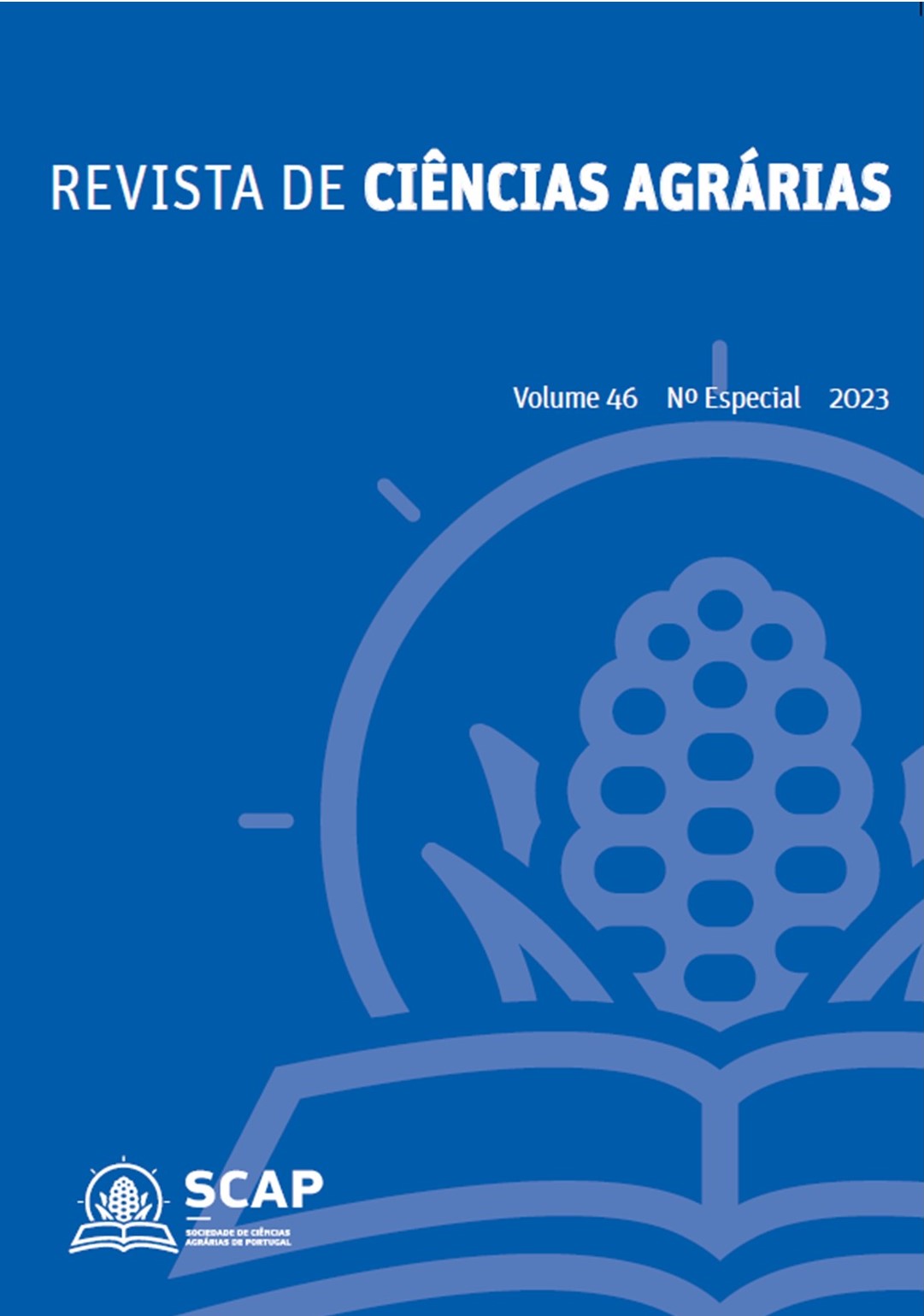Effects of biowaste-based amendments on soil’s humic substances and biochemical properties
DOI:
https://doi.org/10.19084/rca.33405Abstract
The use of biowaste-based amendments to increase soil organic carbon (SOC) stock in agroecosystems could be an important agricultural practice, with potential to counteract SOC depletion. Despite the overall benefits to soil properties, potential impacts can be observed on soil biota, due to the biowaste-based amendments composition and/or instability, which can be assessed evaluating specific soil biochemical properties. A field study was set-up for two years, with Lolium multiflorum L., to evaluate the effect of biowaste-based amendments on soil microbial and biochemical properties. Dewatered sewage sludge (SS; 6, 12 and 24 t dry matter ha-1), municipal solid waste compost (MSWC), and agricultural wastes compost (AWC), with application doses calculated to deliver the same amount of organic matter (OM) per unit area, were tested. Generally, enzymatic activities (dehydrogenase, β-glucosidase, acid-phosphatase, cellulase and protease), potential nitrification, and soil organic matter fractions (humin, humic acids (HA) and fulvic acids (FA)), increased with the treatment doses, and from the first to the second year of application. For some properties, like humin and HA, potential nitrification and dehydrogenase activity, their increase was more notorious following both composts application, especially in the second year, favoured by the application of more stable OM, while other properties were more responsive to SS application, with more active organic matter (e.g., FA, β-glucosidase, acid-phosphatase).


